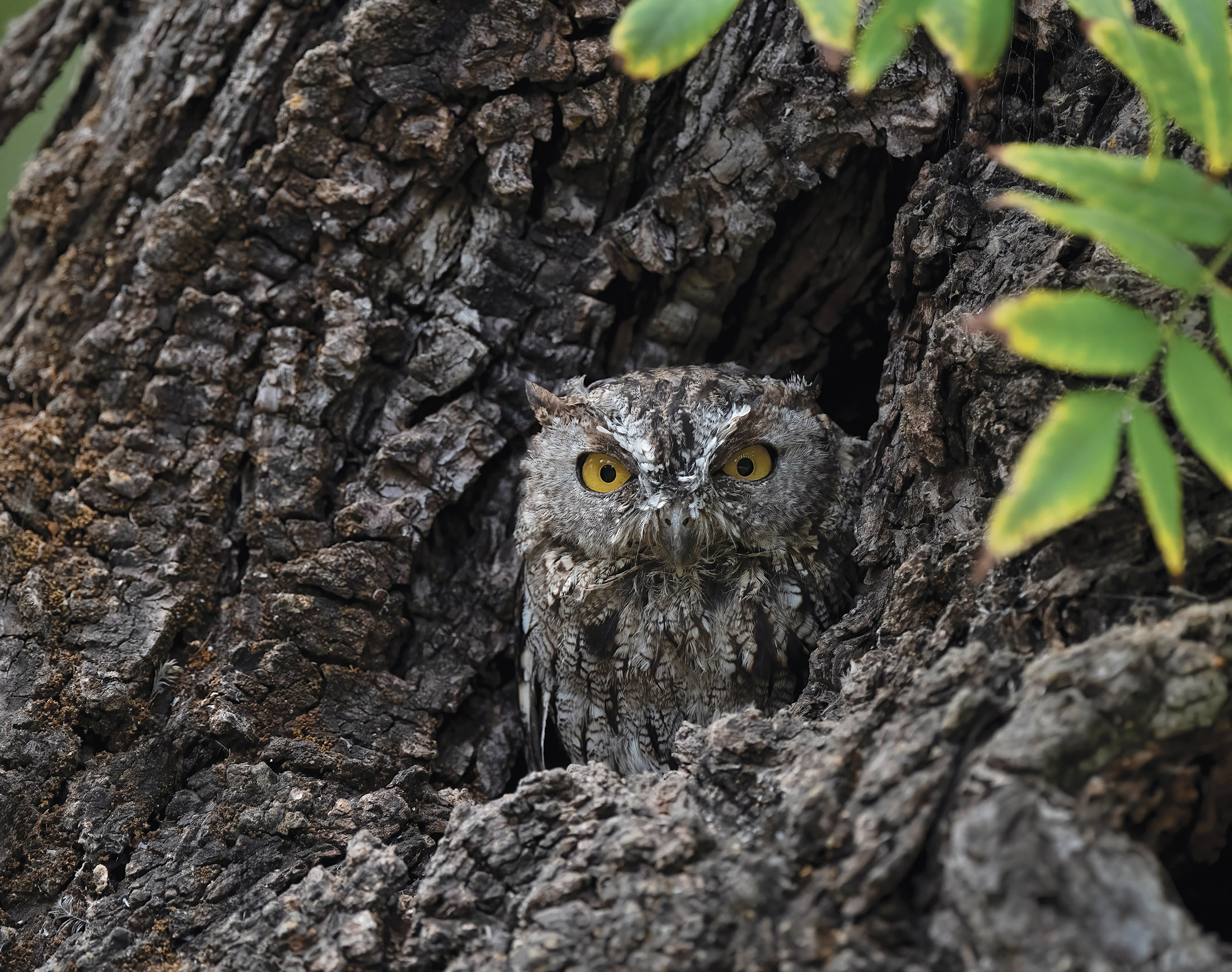by Joe Eaton

(Full article from RATS Tales January 2024)
Owls seem to be having a moment in publishing, with a spate of new owl-centric books hot off the press. Two of them—The Screech Owl Companion by Jim Wright and Scott Weston (Timber Press) and What an Owl Knows: The New Science of the World’s Most Enigmatic Birds by Jennifer Ackerman (Penguin Press)—highlight the anticoagulant rodenticide (AR) crisis and RATS’ work.
Ackerman notes RATS’ collaboration with Jonathan Haw’s Owlproject.org, an educational effort aimed at South African schoolchildren. She also recounts the fate of Barry the barred owl, a celebrated resident of New York’s Central Park killed in a vehicle collision which may have been related to the sublethal effects of ARs: “A necropsy showed that she carried a potentially lethal level of rat poison, which might have impaired her flying and her judgment.” Wright and Weston include a summary of the AR problem and actions taken to address it, notably the moratoriums in California and British Columbia; recommend RATS as a source of information; and warn against resorting to bromethalin and other non-AR poisons for rodent control: “For owls…no rodenticides are likely safe.”
Despite some overlap in content (both describe the mega-roosts of wintering long-eared owls in a small Serbian village and the eastern screech-owl’s habit of stocking its nest with blind snakes that feed on pests and parasites), these are different kinds of books. While providing natural-history context, Wright and Wesson have produced a how-to guide for anyone who wants to attract nesting screech-owls to their property.
The Screech Owl Companion provides practical guidance for siting nest boxes, plans for building a squirrel-resistant (never say “proof”) box, the pro and cons of nest cams, and feedback from experienced owl hosts. The book is full of striking photographs, mainly of eastern and western screech-owls but also a gallery of other owl species that may or may not use nest boxes: small forest owls like the northern saw-whet sometimes do, while big owls like the great horned and great gray will use nesting platforms and burrowing owls have accepted artificial burrows.
Ackerman is a well-known natural history writer whose previous books, The Bird Way and The Genius of Birds, are excellent overviews of avian behavior and cognitive abilities. What an Owl Knows is more focused. What, in fact, does an owl know? Ackerman reports that, while owls might not rank with corvids and parrots in intelligence, they have larger than average brains for their sizes and are very good at being owls. She also covers their anatomy, senses, courtship and nesting, migratory and other movements, and conservation issues, as well as the prominent role of owls in the human imagination, from 30,000-year-old cave art to the Harry Potter industrial complex. I wasn’t aware that Florence Nightingale and Pablo Picasso both had pet (to the extent that an owl can be a pet) little owls, or that owls have poorer color vision and better ultraviolet vision than other birds. (Can owls track mice by UV-sensing their urine trails, as kestrels were once thought to do? The jury is still out on that.)
Ackerman’s book is also a travelogue: she visits a wildlife center where rodenticide victims are treated and embeds with researchers tracking great gray owls in Montana, banding migrant saw-whets in Virginia, and deciphering burrowing owl genetics in Brazil. She consults owl mavens like Denver Holt (Owl Research Institute) and Scott Weidensaul (Project SNOWstorm), and other scientists and owl advocates from Italy to Australia. The editors and copyreaders missed one minor error: mistletoe is a plant, not a fungus. Notwithstanding, What an Owl Knows is an engaging read and a great introduction to what we know—and still don’t know—about these remarkable raptors.
